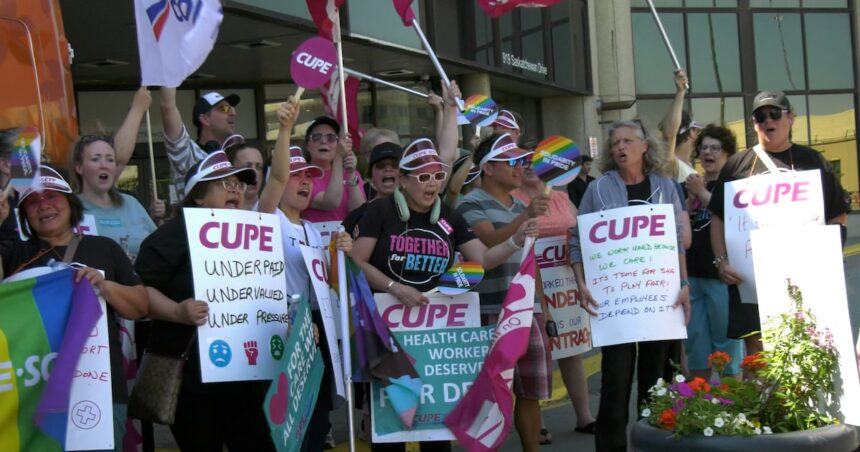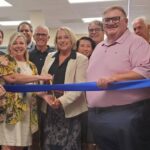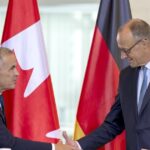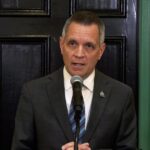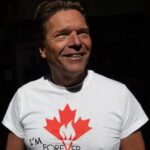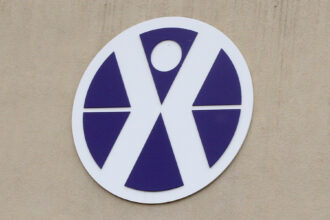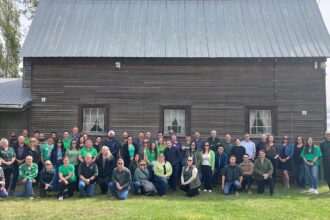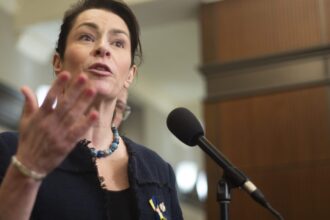In a powerful display of collective action, hundreds of health care workers flooded downtown Regina yesterday, their voices rising above the bitter Saskatchewan winter as they demanded better wages and improved working conditions. The demonstration, organized by CUPE Local 5430, brought together frontline workers from across the region who say they’ve reached a breaking point after years of understaffing, wage stagnation, and deteriorating workplace environments.
“We’re not just fighting for ourselves,” said Eleanor Mackenzie, a laboratory technician with 22 years of experience. “We’re fighting for the future of health care in Saskatchewan. When staff are burned out and underpaid, patient care inevitably suffers.”
The protestors, many still wearing their scrubs and ID badges, marched from Victoria Park to the Saskatchewan Legislative Building, carrying signs reading “Respect Our Essential Workers” and “Fair Pay Saves Lives.” The timing of the demonstration coincides with ongoing contract negotiations between the Saskatchewan Association of Health Organizations (SAHO) and the union representing approximately 13,600 health care workers across the province.
According to CO24 News, health care workers in Saskatchewan have seen their wages effectively decline by nearly 8% when adjusted for inflation over the past decade. This economic pressure comes as many facilities report critical staffing shortages, with some rural hospitals operating at less than 70% of required personnel.
“We’re losing talented professionals to Alberta and British Columbia every month,” noted Dr. Jamil Kharrazi, who attended the rally in solidarity with support staff. “The government needs to understand that competitive compensation isn’t just about fairness—it’s about maintaining a functional health system for everyone in this province.”
The provincial government has maintained that budget constraints limit their ability to meet all union demands. Health Minister Jeremy Harrison issued a statement acknowledging the “valuable contributions of health care workers” while emphasizing the need for “fiscal responsibility in challenging economic times.”
This position has done little to appease protesters, who point to recent Canada News reports showing Saskatchewan lagging behind other provinces in health care worker compensation despite posting a $1.3 billion surplus in the previous fiscal year.
“They find money for what they prioritize,” said Gordon Fleming, a respiratory therapist who spoke at the rally. “After everything we sacrificed during the pandemic, after all the overtime and risk we took on, we’re simply asking to be valued appropriately.”
The demonstration remained peaceful throughout, though tensions rose when a small counter-protest of approximately 20 people briefly confronted the health care workers with concerns about potential service disruptions should labor action escalate.
Union representatives clarified that while strike action remains a last resort, yesterday’s turnout demonstrates the seriousness of their concerns. CUPE has requested the appointment of a labor mediator to help resolve the impasse in negotiations, which have stalled over proposed wage increases and workplace safety provisions.
As darkness fell and temperatures dropped, the protesters dispersed with promises to return if meaningful progress isn’t made at the bargaining table. The provincial health authority has declined to comment specifically on the demonstration but confirmed that all essential services remained fully operational throughout the day.
As Saskatchewan navigates this growing labor dispute, the fundamental question remains: can a province struggling to retain health care professionals afford to ignore the demands of those who form the backbone of its medical system, or will economic priorities ultimately force a reconsideration of how we value those who care for us when we’re most vulnerable?

